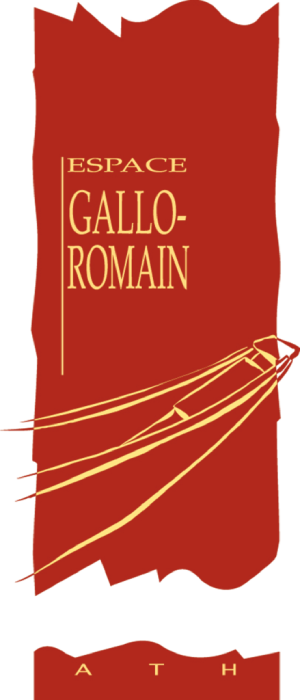
On the Roman roads, travelers can get around on foot, on horseback, or in an animal-drawn vehicle or cart.
There are different vehicle models:
– the cisium: light, consisting of two wheels, it allows people to move around
– the raeda: its 4 wheels and its hood provide a practical means of transport
– the carruca: heavy, with 4 wheels and covered, ideal for long journeys.
and different models of carts (carrus, plaustrum, benna). All these vehicles are pulled by mules, horses or oxen.
The Roman roads are dotted with milestones. These cylindrical monuments inform the passer-by about the distances to be covered and about the territory crossed. A contemporary copy can be found in front of the entrance to the museum. Did you see it? It marks one of the stages of the Via Romana Bavay-Velzeke, a current route that will lead you in the footsteps of Rome by connecting 4 museums: the Ancient Forum of Bavay, the Archeosite of Aubechies, the Gallo-Roman Museum of Ath and the Provincial Archaeological Museum of Velzeke.
Itineraries guide travelers and give them an overview of the main Roman roads. The best known are the Road Book of Antoninus (Itinerarium Antonini) and the Peutinger Map (Tabula Peutingeriana). The first lists the important roads, the places crossed and the distances. The second shows schematically the traces of a red line on a long, rolled-up document. But there are also local examples, such as the Roman landmark at Tongeren (Miliarium Tungricanum) in stone.
Along the roads in cities, agglomerations and other settlements (vici), stopping points allow convoys and travelers to stop every 10-15 km.

Commentaires récents